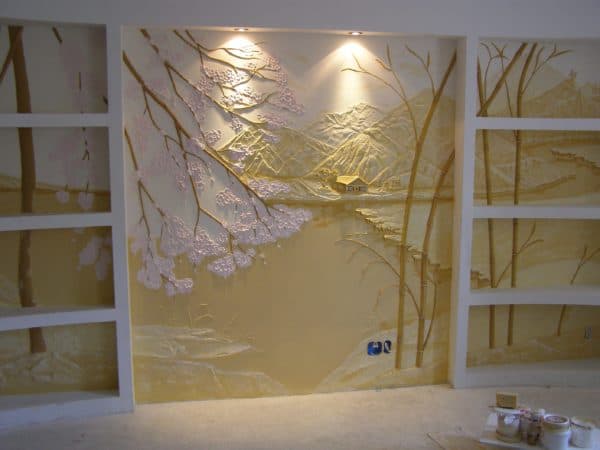Decorative plaster for the bathroom - a durable coating with a unique design
Ceramic tiles have long been considered a traditional finishing material for the bathroom. The high humidity of this room did not allow the use of any other finish until recently. But technological progress is driving the world, and now the usual ones are being replaced by new coatings with no less high-quality performance characteristics. Decorative plaster has become one of the new finishing materials that provide a moisture-resistant coating. Initially, it was used for lining hotel corridors, halls and dining rooms. But the properties of decorative plaster make it possible to use this material in rooms with a humid microclimate. How justified is the use of decorative plaster in the bathroom?
When decorating bathrooms, it is necessary to use a durable material that is easy to clean and is not afraid of moisture. Hygiene and water resistance are the main properties of the material suitable for wall and floor cladding in the bathroom. In a room with excess moisture, a favorable environment is created for the reproduction of various bacteria and fungi. That is why it is so important to choose a material in the bathroom that can withstand moisture, which means the development of mold and dampness.
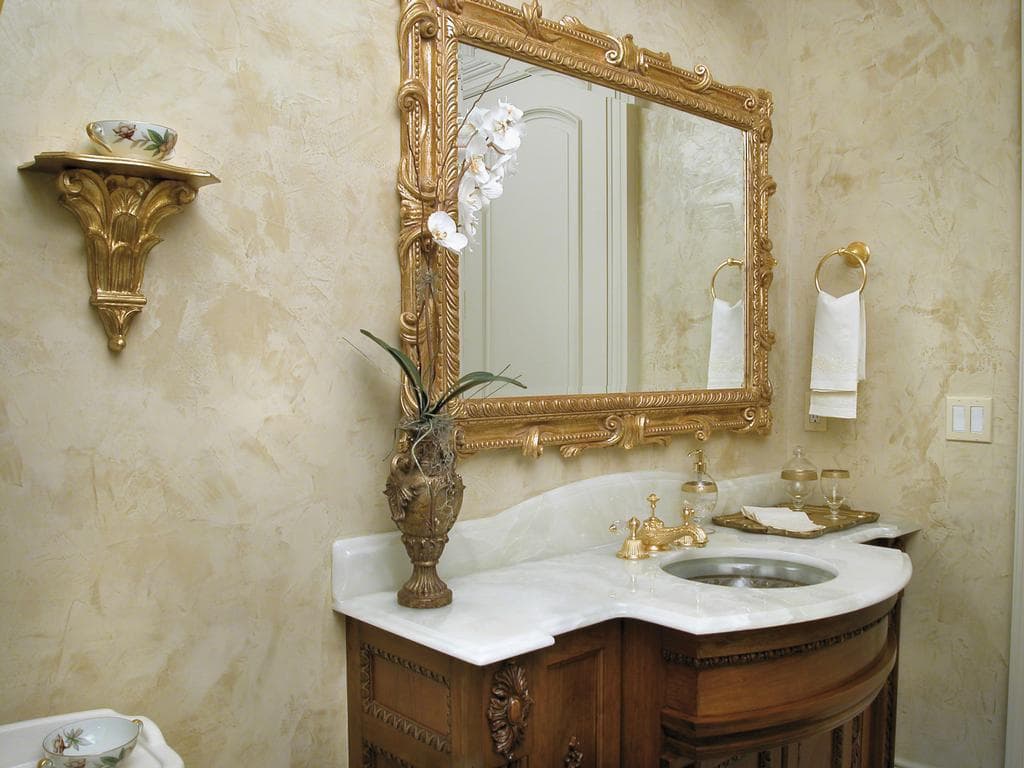
Decorative plaster
The appearance of decorative plaster has become a real breakthrough in the field of construction and repair. This is absolutely not the plaster familiar to everyone, which is used to level the walls for wallpaper, but the latest independent finishing material. The coating consists of at least two layers. All components of the plaster composition must be well compatible with each other. The base composition is chosen in accordance with the base (wood, brick, concrete, metal, etc.).
For finishing surfaces, a paste-like binder mixture with various fillers is used, including a coloring pigment.
Advantages
The excellent properties of decorative plaster do not need additional recommendations. It is noteworthy that two rooms finished with the same composition and master will never be completely identical. Each finish with decorative plaster is exclusive, since it is impossible to repeat the pattern.
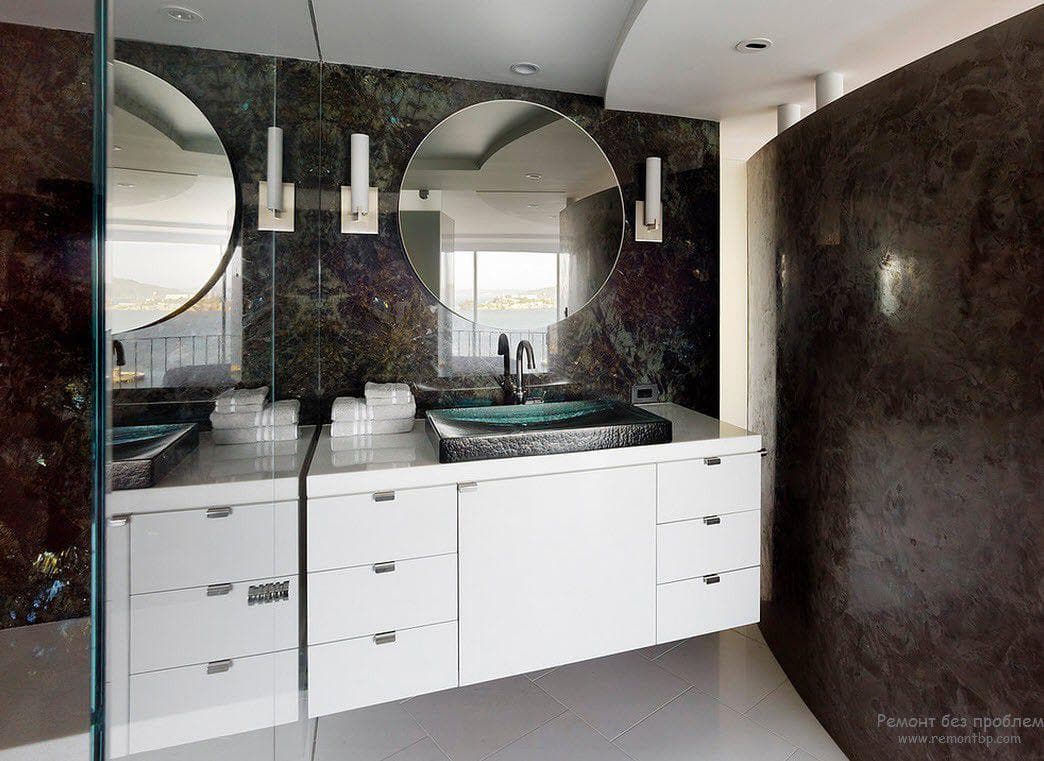
With this unique material, you can create interesting effects. To do this, you just need to acquire the skills of applying the material. Such a coating is very durable and practical. It is not easy to get dirty, but even if it does, the walls are easy to clean.
Acrylic base and special components provide the main advantage of decorative plaster - resistance to water. The material does not fade and does not lose its original properties. And this is in conditions of constant changes in humidity and temperature.
In addition, moisture-resistant decorative plaster contains other advantages:
- High vapor permeability. Unlike ceramic tiles, decorative plaster absorbs vapors from the air when there is excess moisture and releases it when necessary. The result is a regulated microclimate in the bathroom.
- Simple and easy maintenance. Decorative plaster perfectly tolerates cleaning with sponges and cleaning products. In most cases, the material has an antistatic property, due to which dirt almost does not settle on the coating.
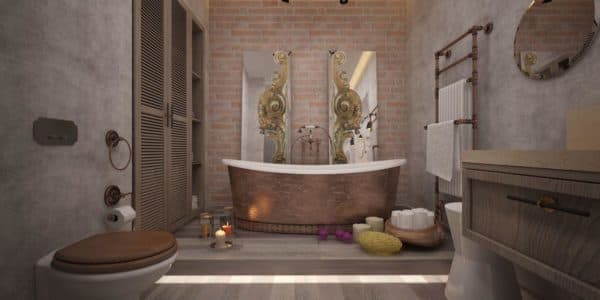
- The ability to create a truly unique bathroom interior. Decorative plasters are able to imitate various natural materials, and craftsmen can create entire compositions that repeat the works of great masters of art.
- When finishing surfaces in the bathroom with the help of this material, glass and mirrors practically do not sweat, since excess moisture is absorbed by the plaster.
- Recently, manufacturers have begun to produce plaster mixtures with insulation properties, which makes it possible not to use additional insulation systems in the bathroom.
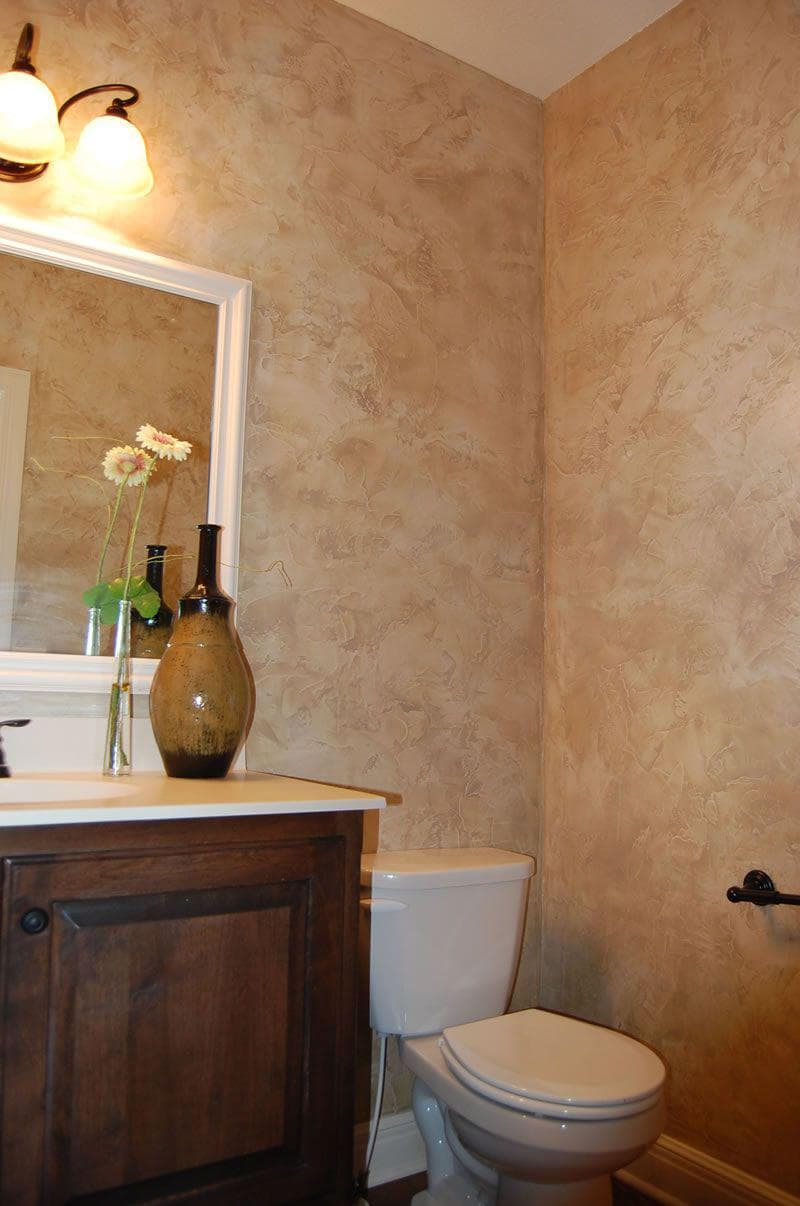
- Decorative coating can last a very long time. At the same time, it will retain its original appearance.
- Many consumers are concerned about the environmental friendliness of the finishing material. The composition of the plaster does not contain any chemical fillers. The coating does not absorb unpleasant odors, does not emit toxic substances, and has refractory properties.
Until recently, the use of decorative plaster in the bathroom was considered a non-standard solution for finishing this room. However, today, along with traditional cladding methods (tile, paint, wall panels), waterproof materials for plastering walls are increasingly being used. Decorative plaster allows you to create beautiful relief surfaces. In addition, this material perfectly masks small flaws in the walls.
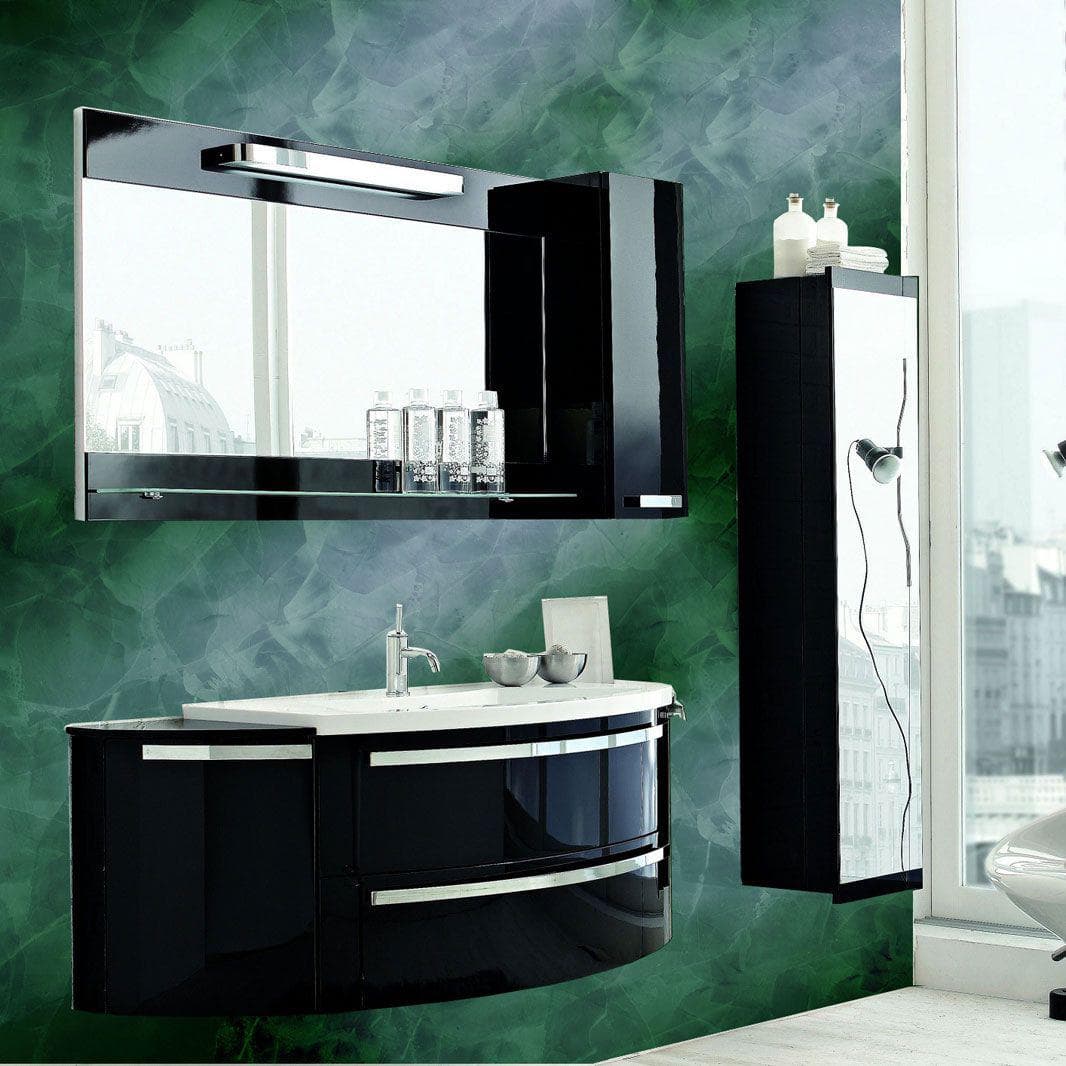
Flaws
The disadvantages of decorative plaster include the cost of the material. The price of the composition itself is sometimes not very high, but in combination with the costs of preparing for finishing and the services of a master, the costs are quite decent. However, given the life of the coating, this disadvantage is likely to grow into a huge “plus” over time.
Many also attribute the disadvantages to the fact that the coating is difficult to remove from the walls.
Types of decorative plaster for the bathroom
The main difference between the types of decorative plasters is their composition. Depending on the basis of the composition, the following types of material are distinguished:
- acrylic;
- silicate;
- mineral.
The best option for the bathroom is mineral plaster. This finishing material does not allow moisture to pass through and has an increased resistance to the constant formation of steam. Service life exceeds 30 years.
Acrylic cladding has even higher technical characteristics. Its service life can reach 50 years. The most durable coating is formed by silicate plaster, which is characterized by a service life of up to 60 years. The surface finished with this material is easy to clean, does not form fungus and mold. The cost of finishing with silicate plaster is very high.
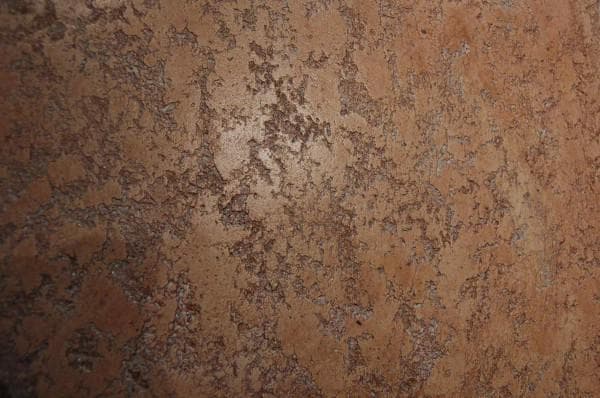
Decorative plasters can create different types of surfaces:
- A smooth surface is created mainly. The coating is glossy, due to which water simply repels and immediately flows down from the surface. In terms of texture, smooth surfaces contain cracks. Masters often add various stencil drawings to get an exclusive interior.
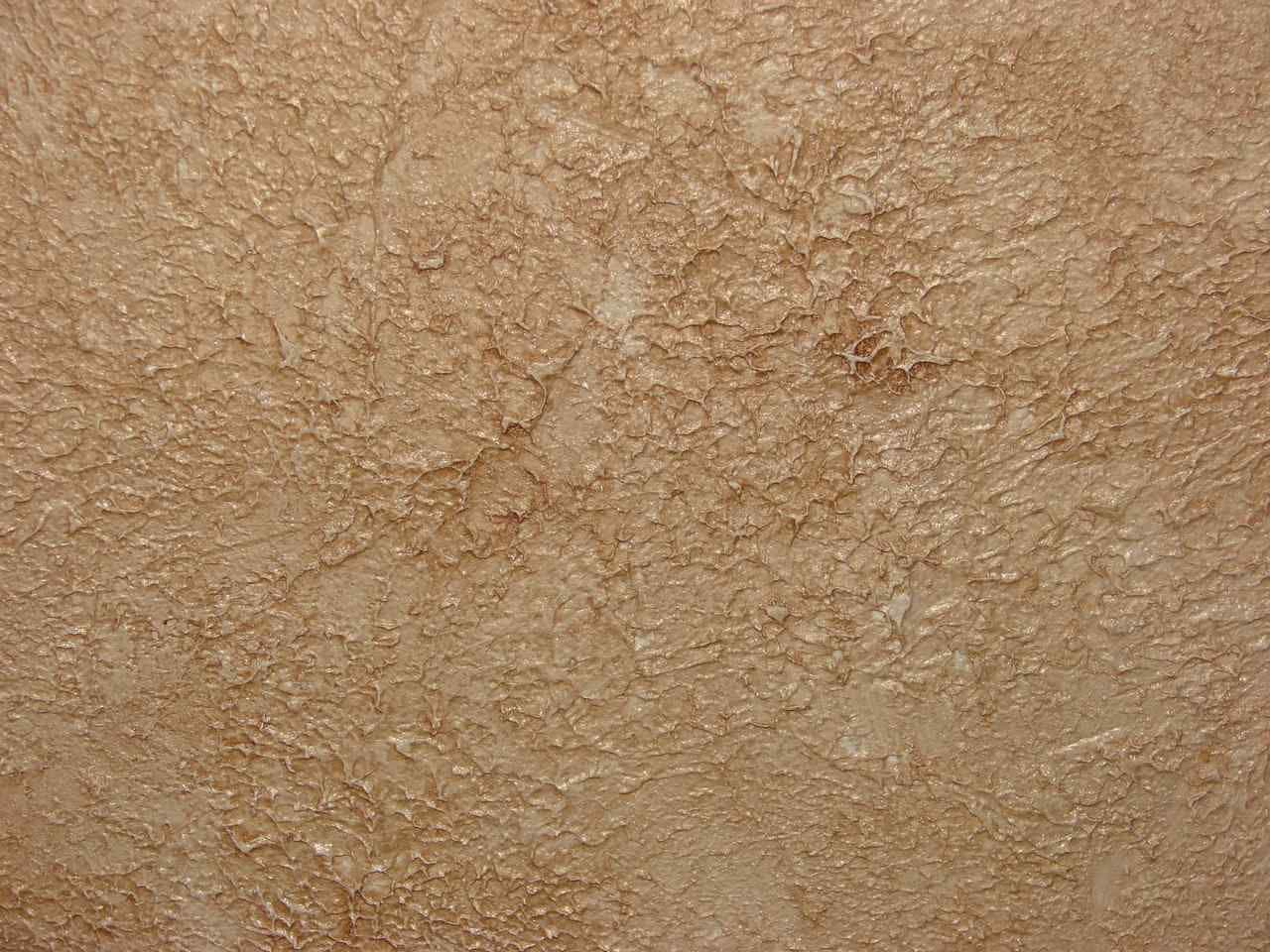
- Structural plaster is applied to the walls in a relief form. It can be a “pebble” surface or a “bark beetle” coating that has already become popular.
The disadvantage of structural plaster is that the material retains dust and water inside its depressions. And in terms of service life, structural plasters are significantly inferior to smooth types.
For exterior decoration, decorative plasters are presented in diverse variations:
- glazing(with the effect of antiquity);
- flock(with mosaic effect);
- multicolor(with imitation cork tree);
- Venetian(with imitation of wood and stone);
- furrowed(with imitation of masonry);
- rough(with the effect of goose skin);
- textured(with imitation of natural materials).
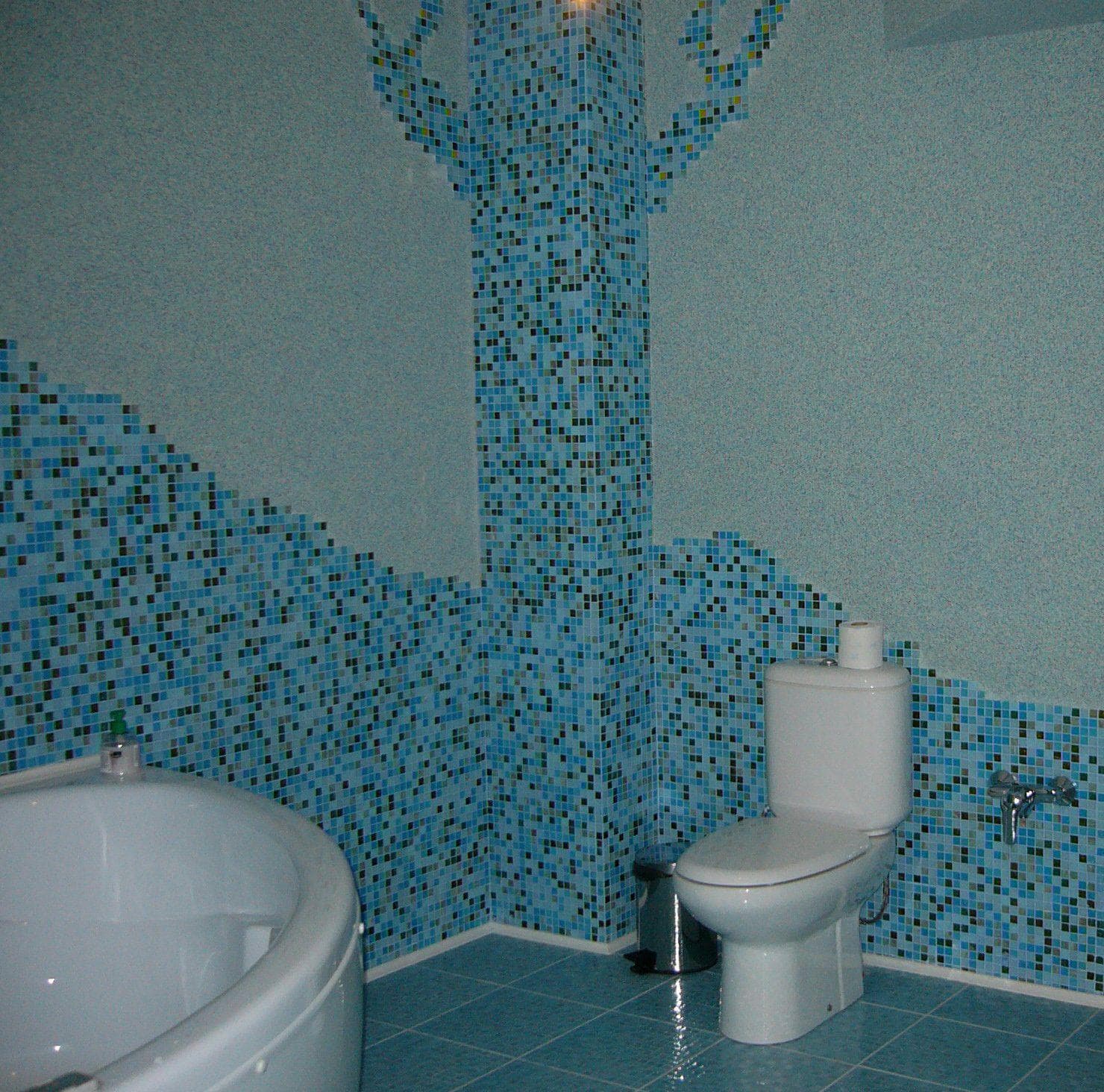
Modern manufacturers
Today, manufacturers of finishing materials offer a huge selection of moisture-resistant decorative plasters suitable for bathroom cladding.
Such a coating can not only protect the walls from the effects of water and steam, but also allows you to create the most unusual relief surfaces. Textured patterns, drawings, reliefs transform the room. Even the most nondescript bathroom can turn into a chic room that is a pleasure to be in.
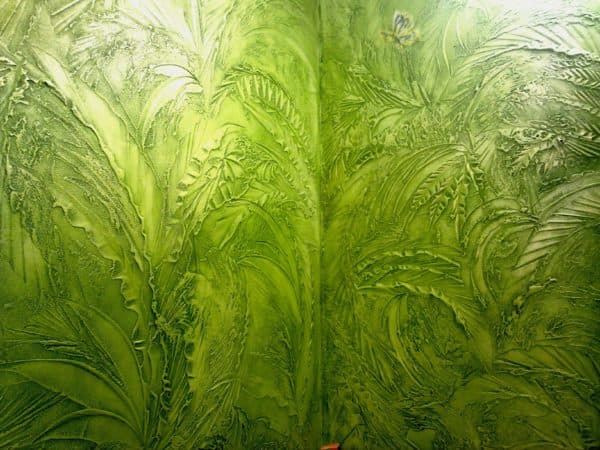
Well-known manufacturers of decorative plasters of the world scale:
- BauMit (Austria);
- Tex-Color (Germany-Russia);
- Terraco (Sweden);
- Blanccolor (France);
- Oikosm (Italy);
- PERMURO (Ukraine);
- As you can see, the variety of mixtures for decorative coatings is quite large. What should you pay attention to when choosing this or that material for finishing the bathroom?
- There are compositions ready for use, or in the form of dry building mixtures. It is quite difficult to work with the first ones - they cannot be diluted with water and it is difficult to regulate the density.
- Compositions with large inclusions should not be applied by machine. They can only be operated manually.
- The most difficult to work with are decorative plasters with heterogeneous fillers.
- Applying decorative plaster requires a certain skill. If you are a fan of doing everything with your own hands, then master the skills of applying plaster or choose another finishing material.
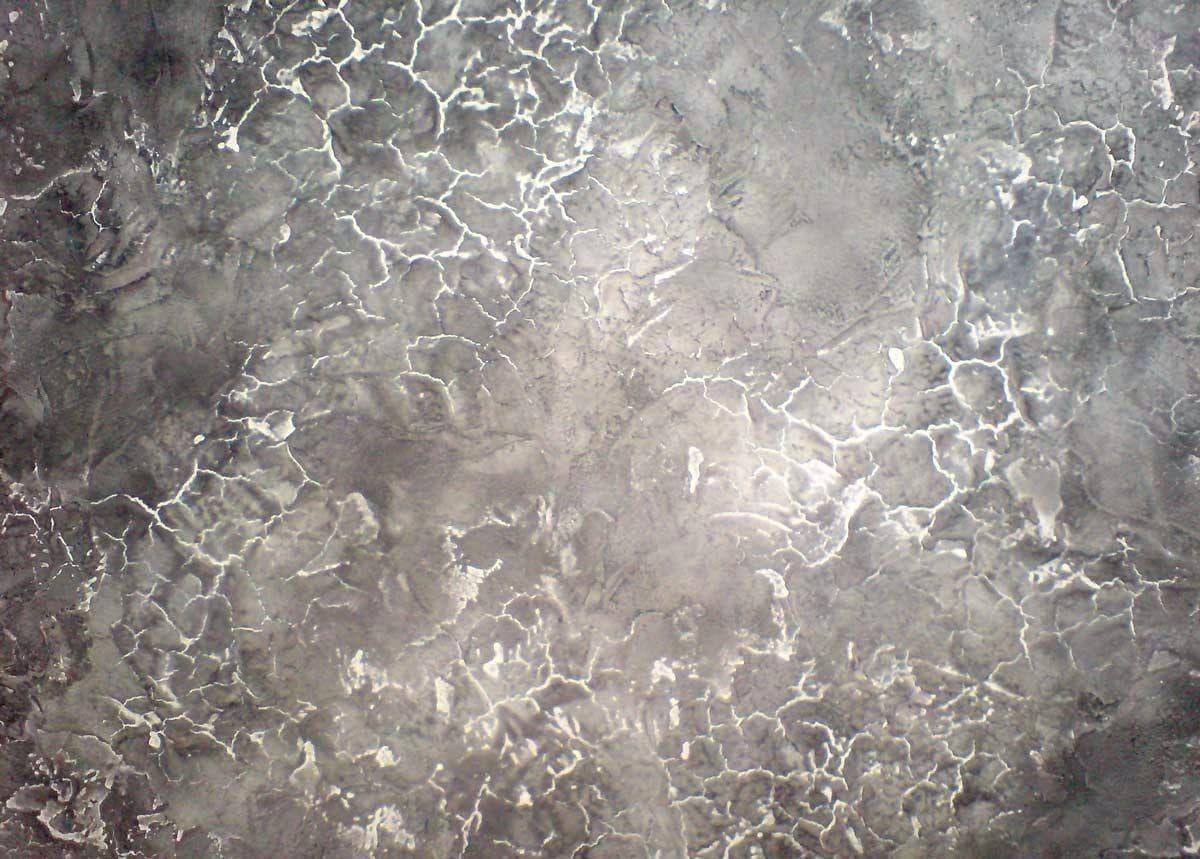
- When choosing, it is better to give preference to plasters that are not made on a water basis. It should be noted that water plasters are absolutely harmless, but weakly resist moisture. However, in this situation there is a way out - to cover the dried plaster with a special wax composition.
- To choose the best option for your bathroom, decide in advance on the style of the interior and visually consider how the plaster looks on the wall.
Video review of bathroom renovation
conclusions
Decorative plaster - the material is quite interesting, durable, durable. However, it is not easy to work with him. To get rich, experts still recommend using professional help. This approach will ensure the creation of a unique finish without defects and flaws.

